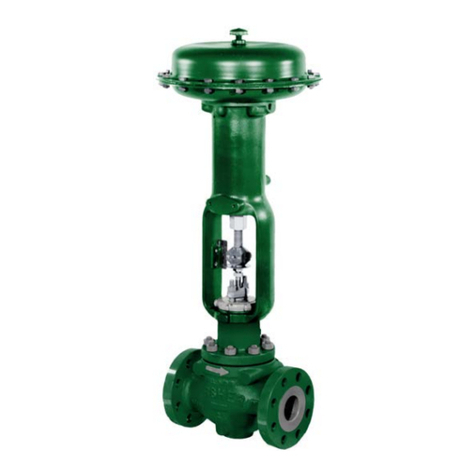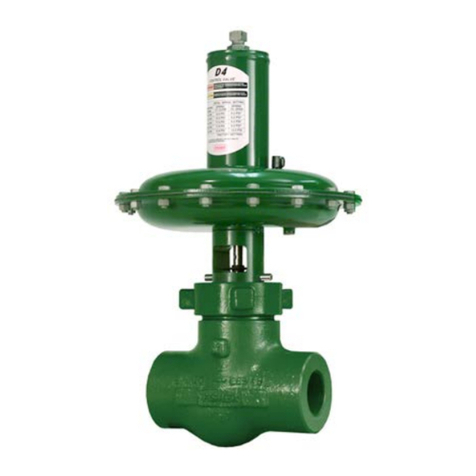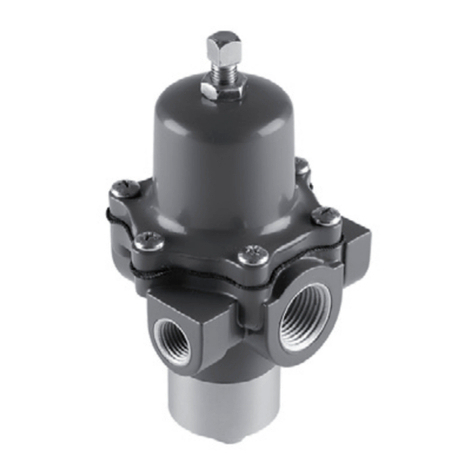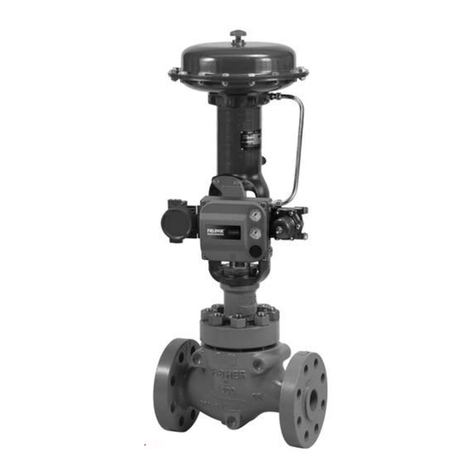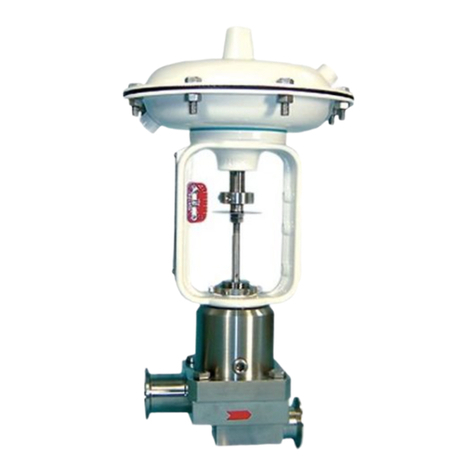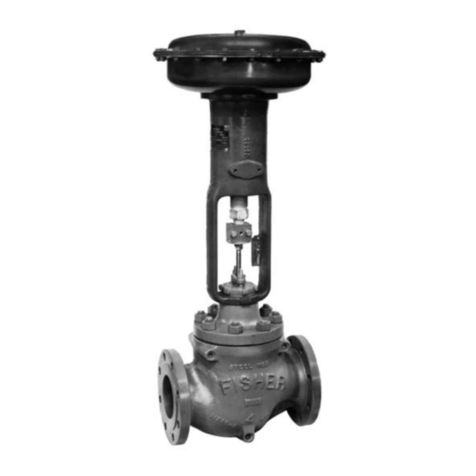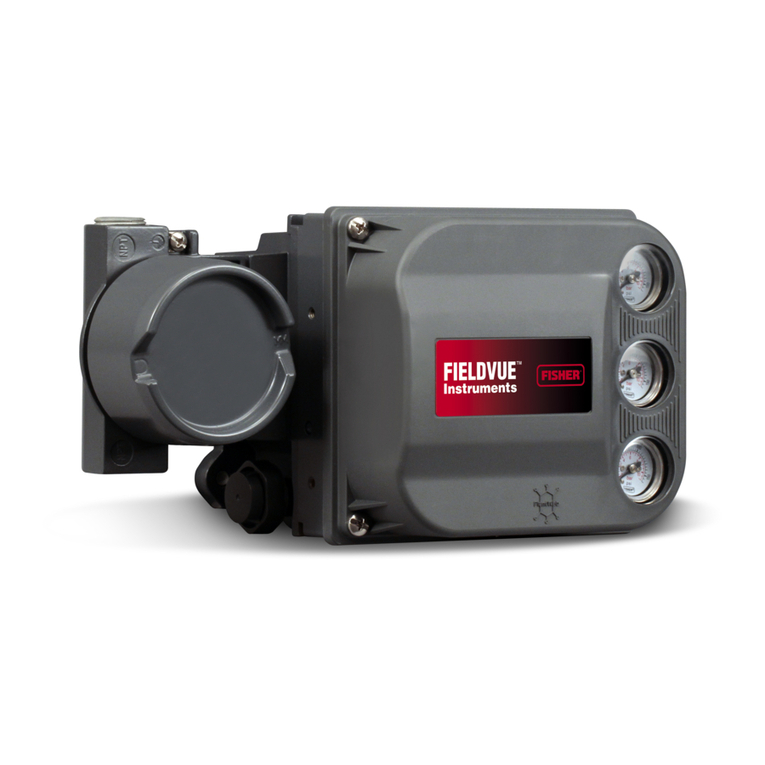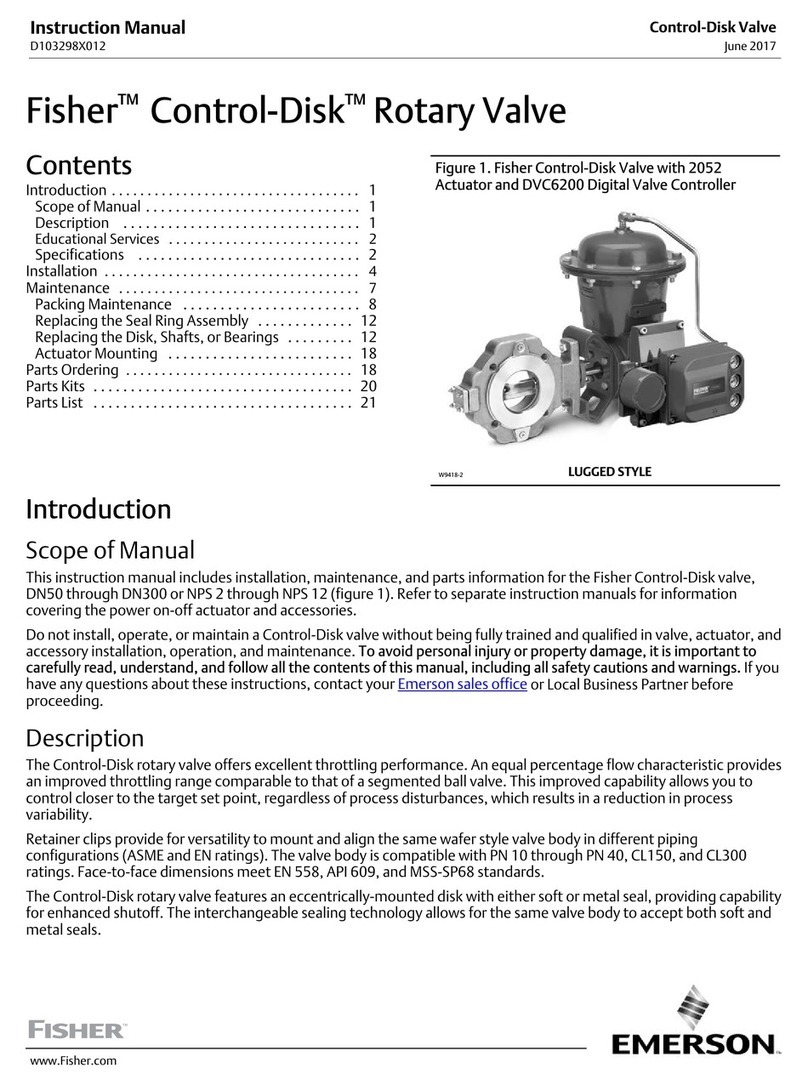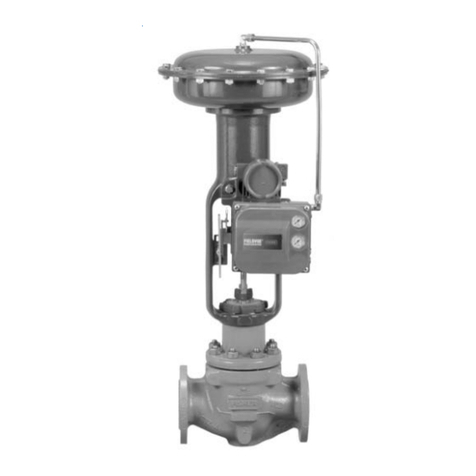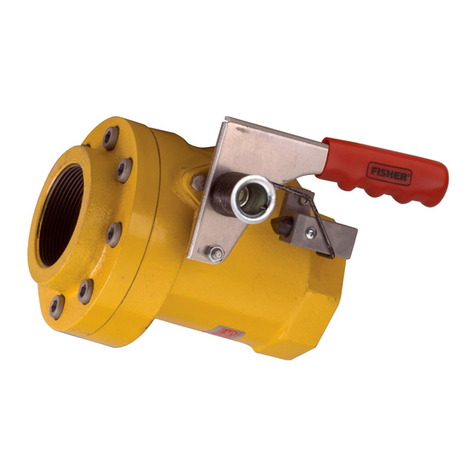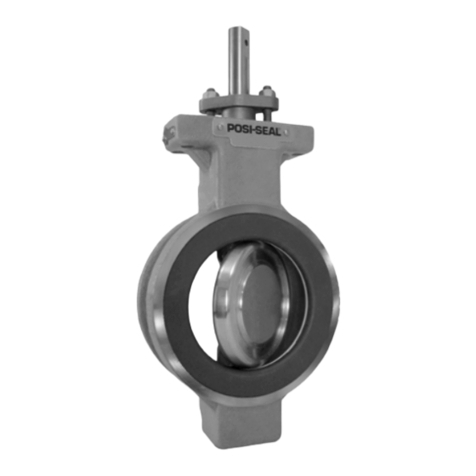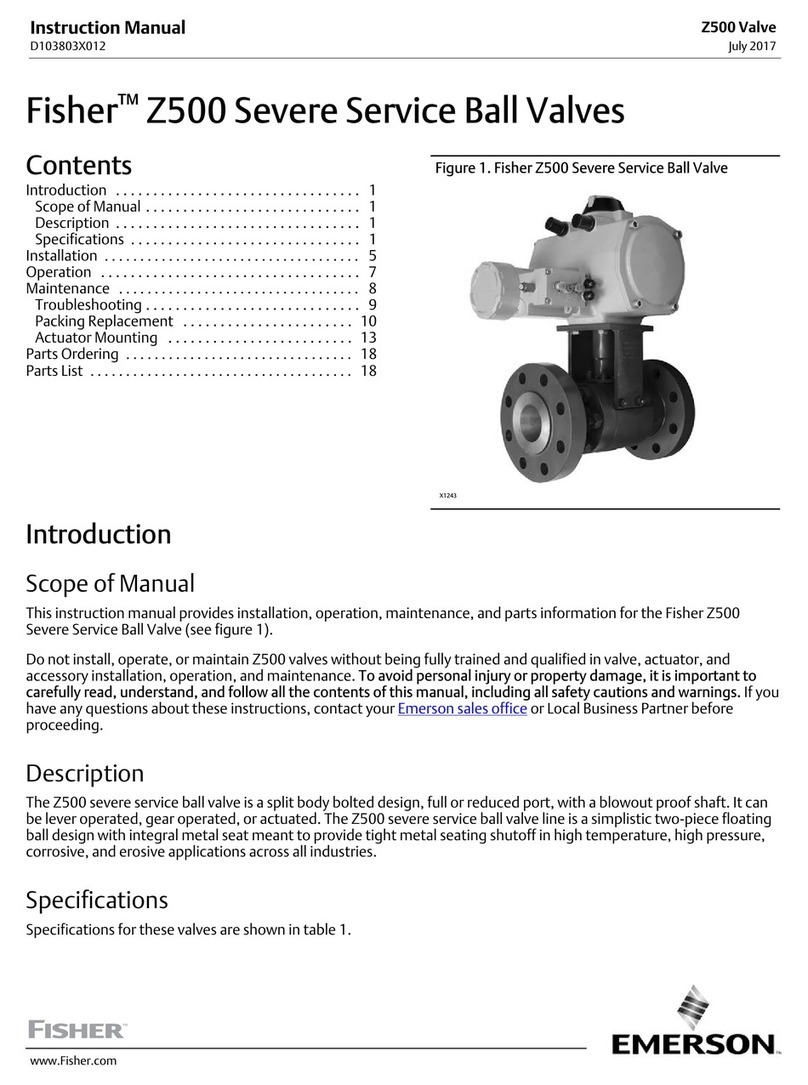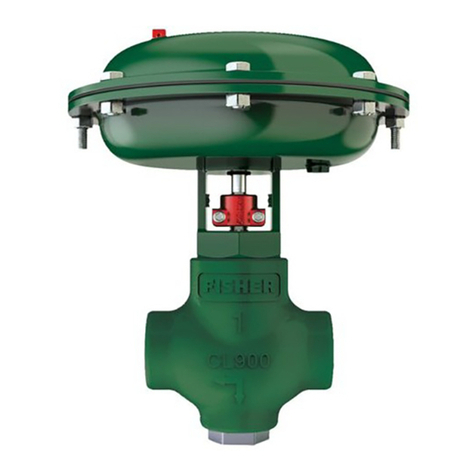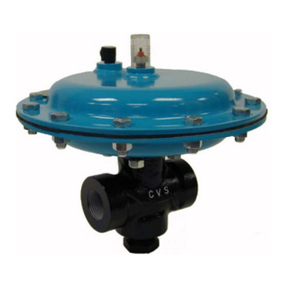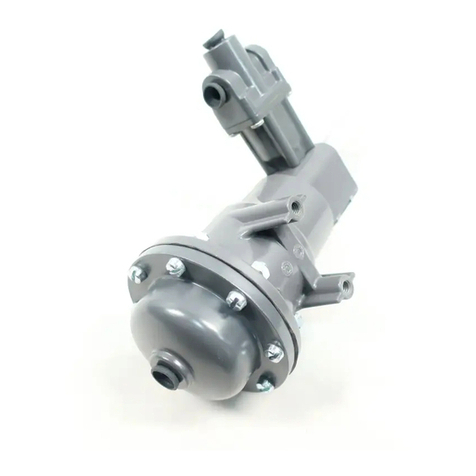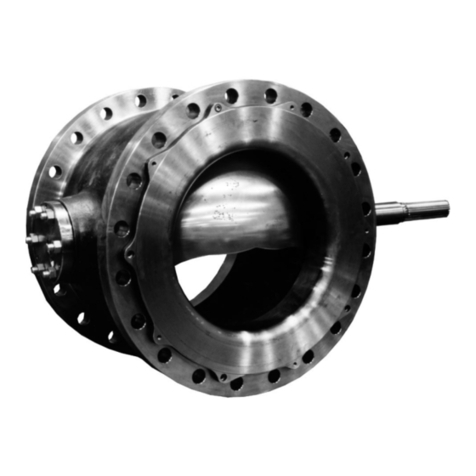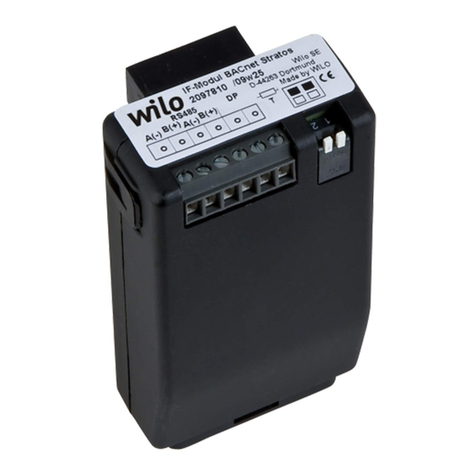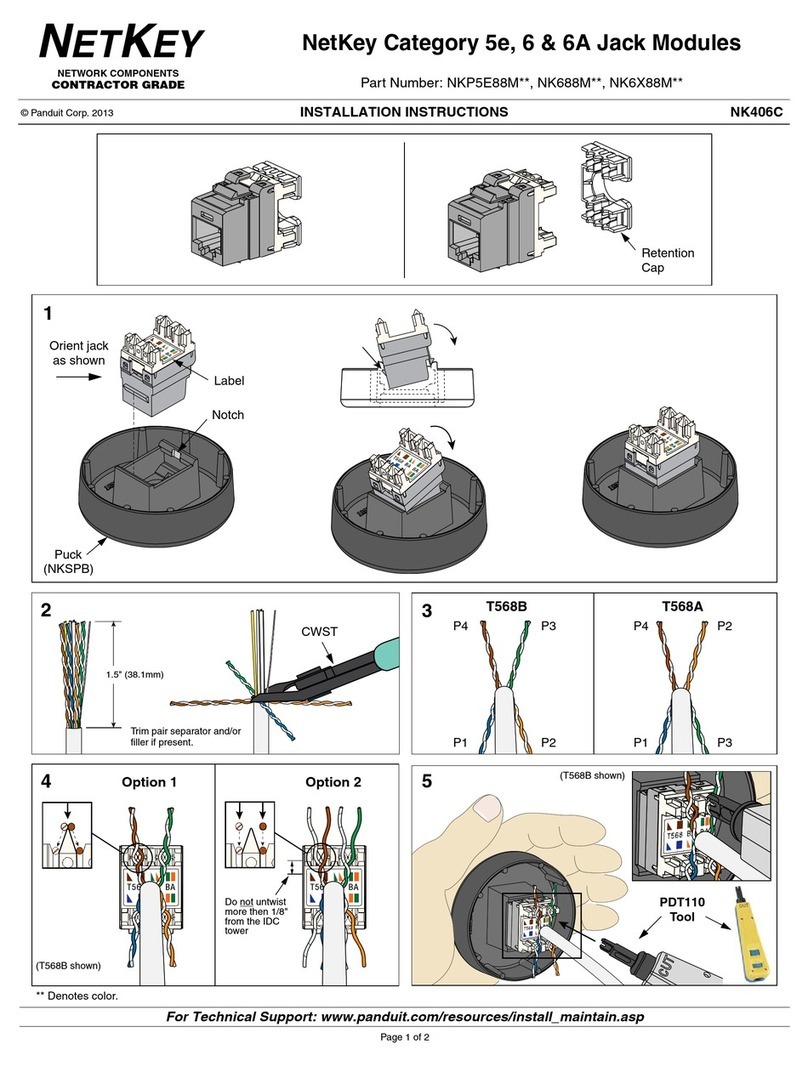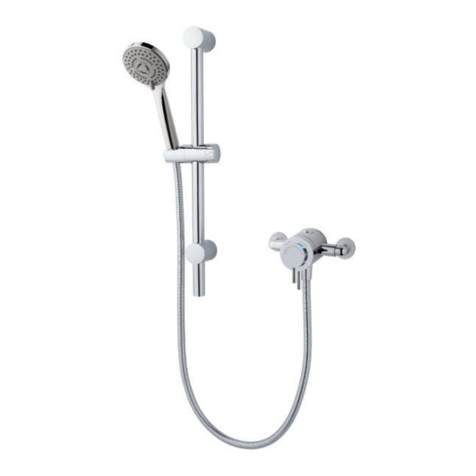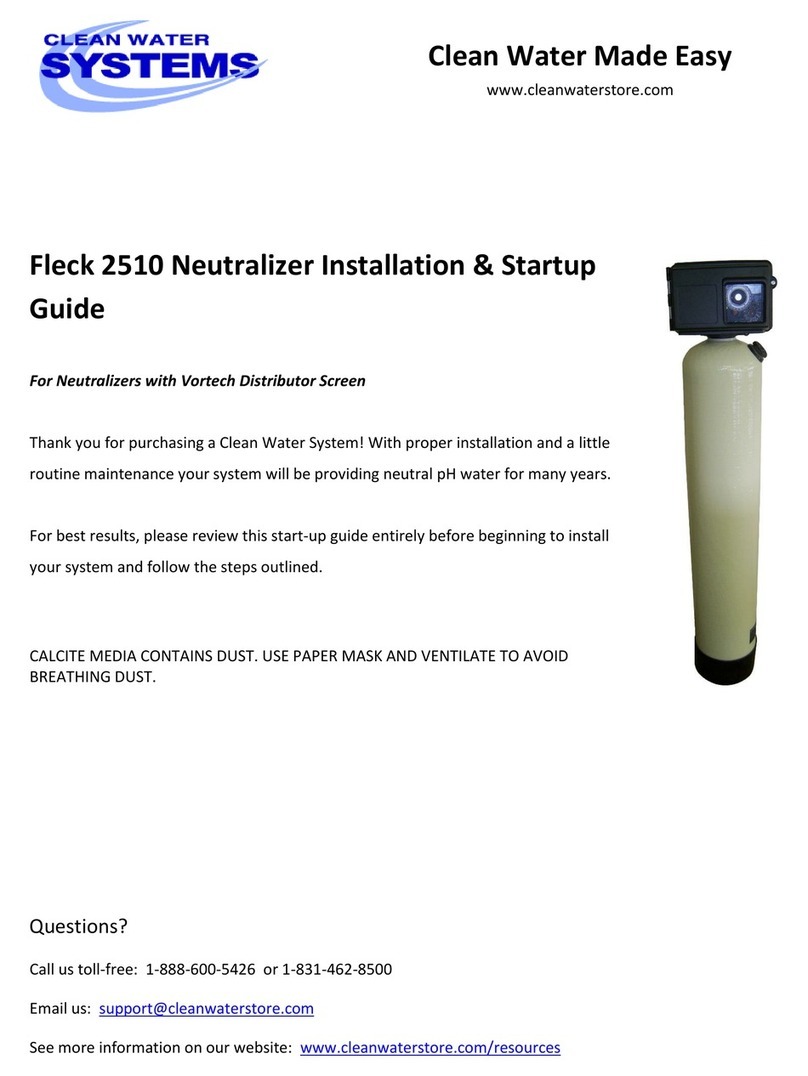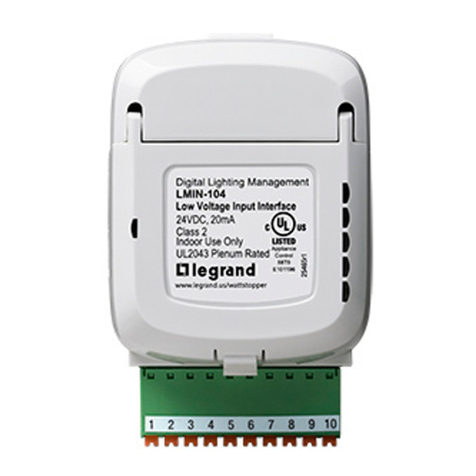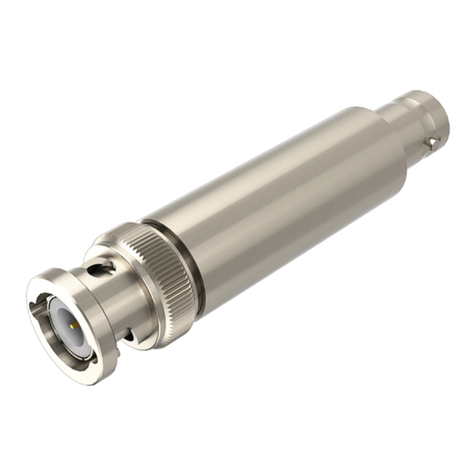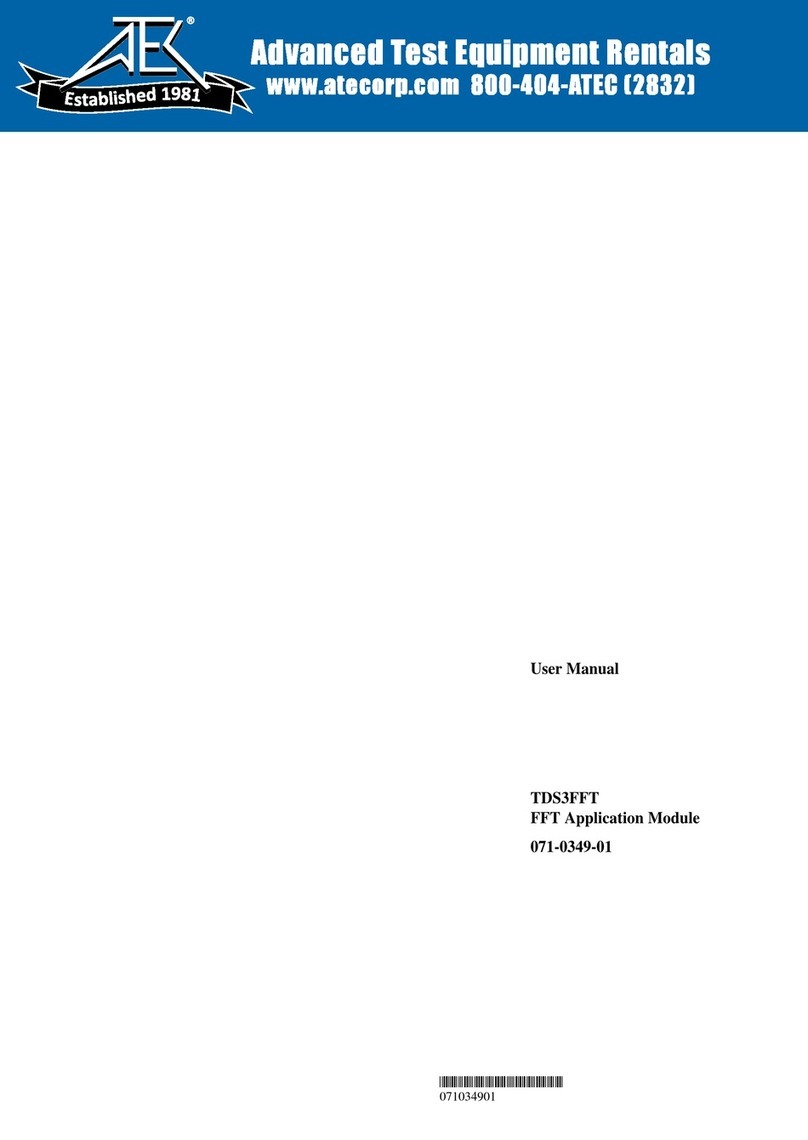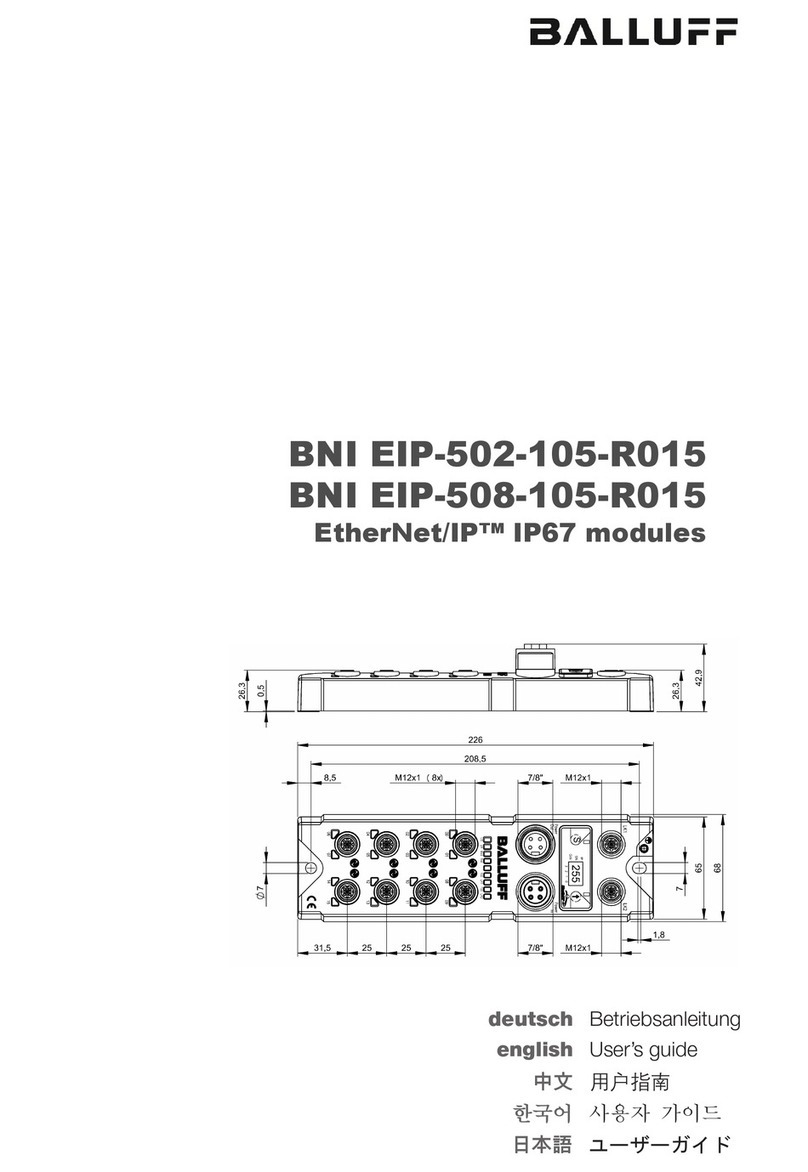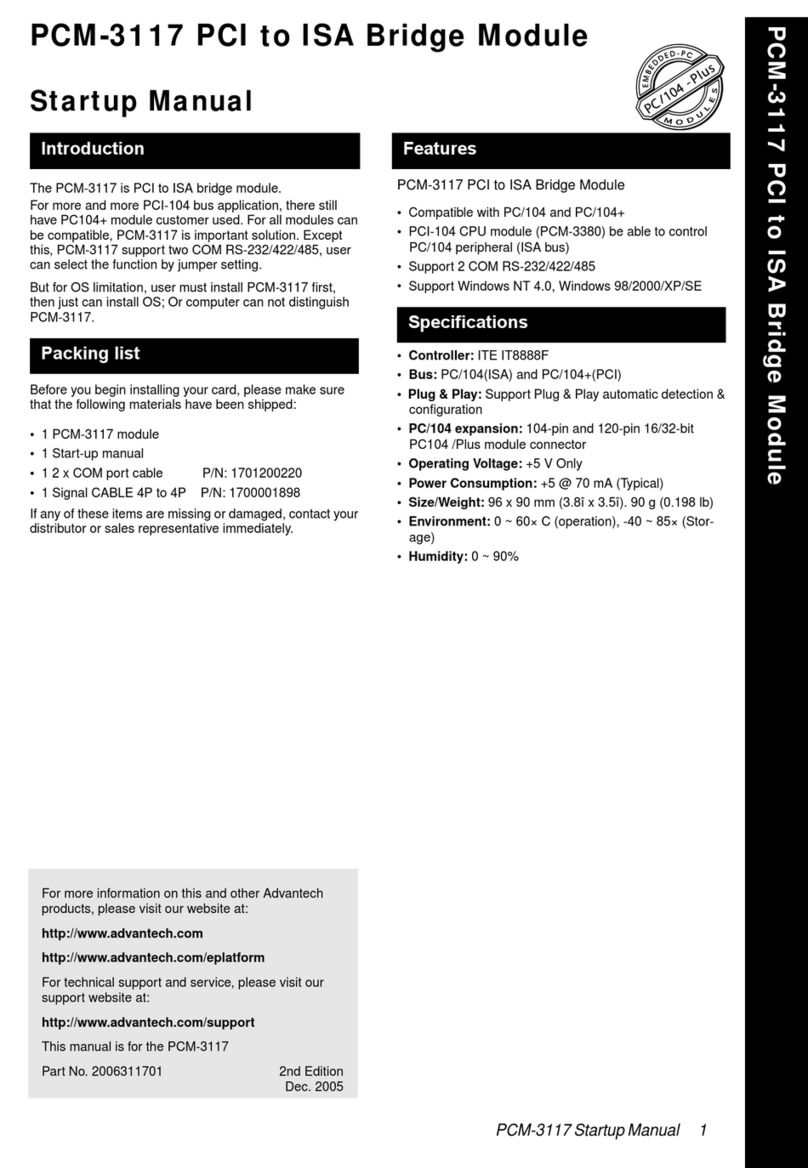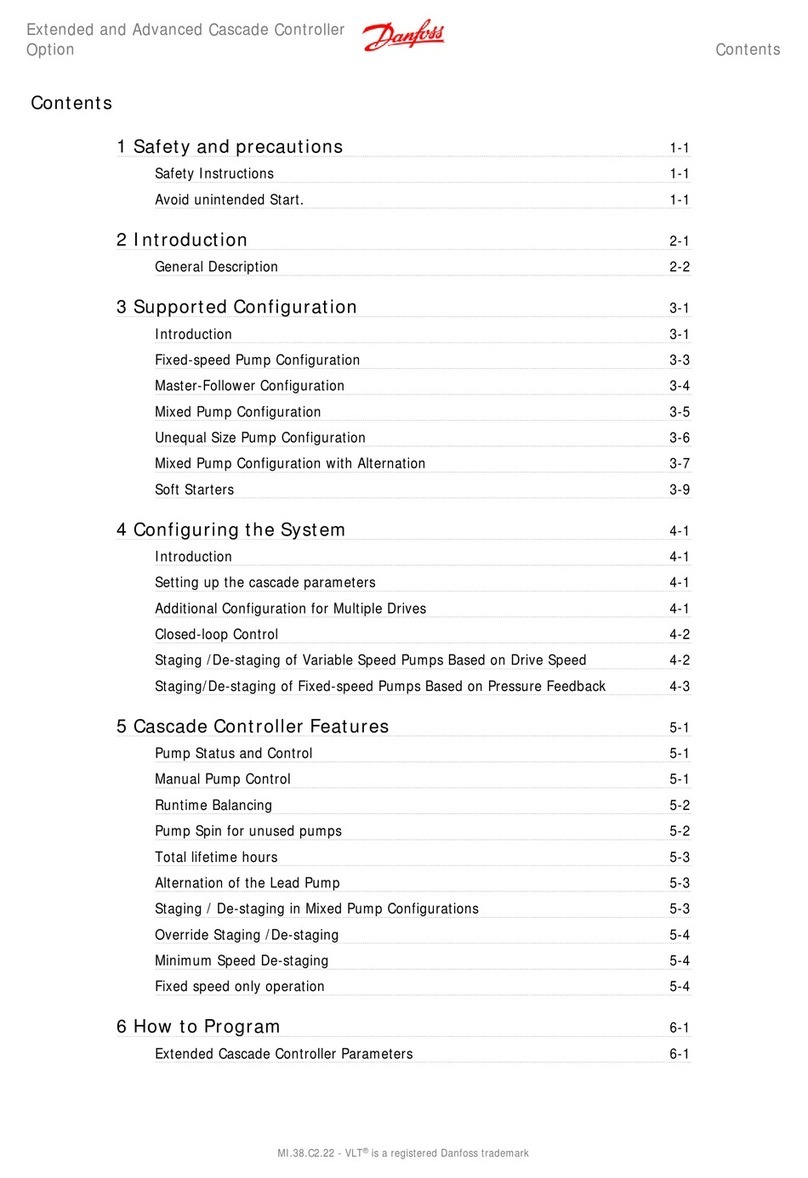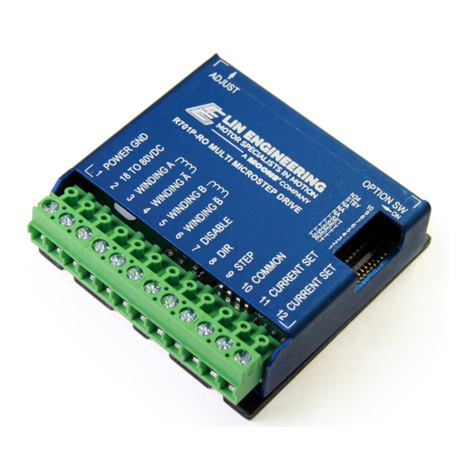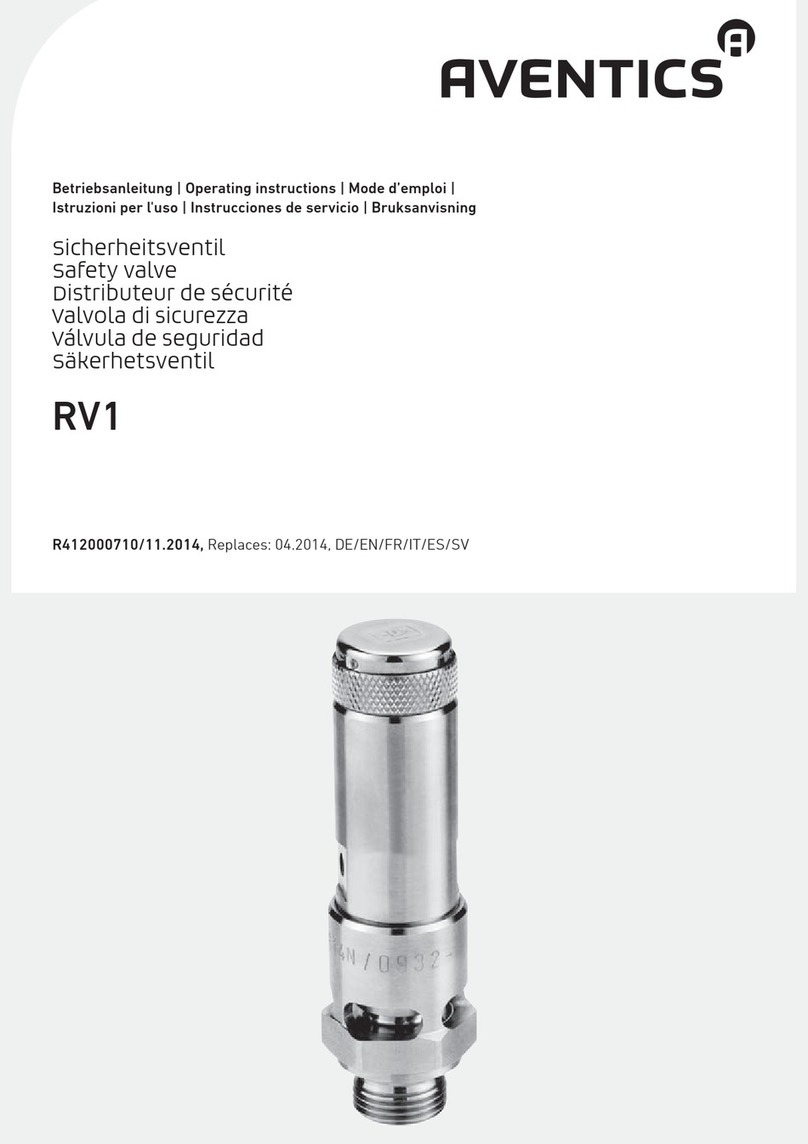
Instruction Manual
D103312X012
GX 3-Way Valve and Actuator
July 2017
7
2. Remove the stem connector nut half (key 23), stem connector bolt half (key 24), and travel indicator (key 26).
3. Shut off the air pressure and disconnect the air supply to the upper casing.
WARNING
To avoid personal injury or property damage due to actuator springs (key 12) being under compression, remove the long
cap screws (key 16) last.
The upper actuator casing may remain fixed to the diaphragm and lower casing during disassembly, even if the casing cap
screws have been loosened. If this happens, the actuator springs are still under compression. The upper casing could
suddenly come loose and jump, due to the compressed energy of the springs. If the upper casing is stuck to the diaphragm
and lower casing when you begin loosening the casing cap screws, pry the casings apart with a prying tool. Always ensure
that the springs are dispersing energy and the upper casing is moving against the long bolts during disassembly.
4. Remove the short actuator casing cap screws and hex nuts (keys 17 and 18) first. Once these have been removed
from the actuator assembly, carefully remove the long actuator cap screws and hex nuts (keys 16 and 18),
alternating between them to gradually release the spring energy (compression).
5. Remove the upper diaphragm casing (key 9).
6. Lift off the actuator stem/diaphragm assembly (includes keys 22, 11, 10, 14, 13, 109, and 15) and remove the cap
screw (key 14), actuator spacer (key 13), actuator rod (key 22), and washer (key 15).
7. Remove the actuator springs (key 12).
8. Replace the diaphragm (key 10), actuator rod bushing (key 19), actuator rod seal (key 20), and diaphragm O-ring
(key 109), as needed.
Actuator Assembly (For Fail‐Down Constructions, see figure 11)
1. Install the diaphragm (key 10) on the diaphragm plate (key 11). Insert the cap screw (key 14) through the actuator
spacer (key 13) and place this assembly through the diaphragm/diaphragm plate assembly.
2. Place the diaphragm O-ring (key 109) and the washer (key 15) over the center hole of the diaphragm, so that the
convex part of the washer is facing down toward the diaphragm and contains the O-ring. Ensure the convex part of
the washer is guided in the diaphragm center hole as shown in figure 11.
3. Screw the actuator rod (key 22) onto the cap screw (key 14) and torque to 80.0 NSm (59.1 lbfSft). Install the
actuator stem/diaphragm assembly back into the actuator yoke (key 8).
4. Place the actuator springs (key 12) onto the spring locators in the diaphragm plate (key 11).
5. Install the upper diaphragm casing (key 9) so that the ribs on the top of the upper diaphragm casing are
perpendicular with the yoke legs.
6. Install the 2long cap screws (key 16) and hex nuts (key 18) 180 degrees apart from each other and in line with the
actuator yoke legs.
7. Tighten the long cap screws (key 16) and hex nuts (key 18), alternating between them to gradually compress the
springs, until the two casing halves and diaphragm touch.
8. Install the remaining short cap screws (key 17) and hex nuts (key 18) to the casing.
9. Tighten the actuator casing cap screws evenly using a cross‐tightening procedure. Torque to 55 NSm (40 lbfSft).
10. If you had previously removed the actuator assembly from the valve, place the actuator assembly back onto the
valve body (key 1) or yoke extension (key 105, figure 12) for HT constructions. Install the four body nuts (key 7), but
tighten them only finger‐tight.
11. Connect a separate air supply to the actuator air supply connection (as shown on the yoke in figure 11) and apply
sufficient air pressure to raise the actuator rod (key 22) to the travel stop.
12. Tighten the body nuts (key 7) evenly using a cross‐tightening procedure. See table 3 for torque requirements.
